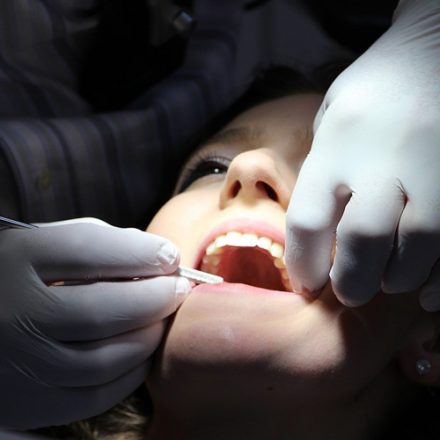
Dental Emergencies:
Injured teeth:
From biting into a bone to suffering an unfortunate sports injury and anything in between, teeth can be unexpectedly injured in many ways. It is important to have these injuries treated by our dentists as soon as possible to reduce pain and improve the chances of saving your teeth.
Medium to large chips can be repaired with a filling, a crown, or a veneer. Smaller chips are often more difficult to repair and our dentists may recommend simply smoothing off any sharp edges. With chipped teeth, there is usually little pain, but the tooth may feel uncomfortable against your tongue or lips. Your dentist will assess your situation and decide with you what the best option is.
Teeth that have broken or cracked with a significant part of the tooth coming off may or may not be suitable for repair. With a broken or cracked tooth, you may feel sensitivity to cold or hot foods, or pain when chewing. In these cases, our dentists will examine the tooth and often take an X-ray to determine whether the tooth can be repaired. If it cannot be repaired, the tooth may need to be removed and replaced. The dentist will also determine whether the nerve inside the tooth has been damaged. If it has been damaged, the tooth may need a root canal treatment before it can be repaired.
Teeth that have been knocked out of position or knocked out of the mouth entirely are considered dental emergencies. If you have suffered this type of injury, visiting us as soon as possible gives you a chance of having the tooth placed back into position. If you are able to come within 30 minutes you will have the highest chance of success. Even then, replacing a tooth successfully is not guaranteed.
If a tooth has been completely knocked out of the mouth, it is important to contact us immediately for an emergency appointment. The tooth should only be touched by the crown (the white part of the tooth normally visible in the mouth). The roots should not be touched as their surface has a very delicate layer of cells that are critical for anchoring the tooth back into place. If the tooth is dirty, it should be rinsed briefly with water only, again only holding it by the crown. Do not use any soap, alcohol or other cleaning agents, do not scrub the tooth in any way, and do not rinse the tooth for more than 10 seconds. If you can, place the tooth back into its socket, holding it in place by biting on a towel. If not, place the tooth in a glass of whole milk. Bring the tooth in its socket or in a glass of milk to see our dentists immediately.
Lost fillings or crowns:
Fillings and crowns can be lost for a number of reasons, and it can be quite alarming when they do come out. Sometimes tooth decay has loosened the filling or sometimes trauma can knock them out. The remaining tooth underneath may become sensitive to touch, pressure, and/or temperature due to the loss of the protective filling or crown. The tooth may also be much more likely to crack or chip away. Therefore, it is important to book an appointment with us to have the tooth assessed as soon as possible.
Our dentists will examine the remaining tooth structure to see whether the filling or crown can be replaced. This will often include an X-ray. If the tooth is badly damaged, you may need a root canal treatment. In the worst case scenario, the tooth may need to be removed and replaced entirely.
Lost crowns should be brought to your appointment if they have not been lost. If your dentist determines there is little to no damage to the crown and underlying tooth, it can usually be put back into place. Do not use any type of household glue to stick them back into place. This can damage both the crown and the tooth.
Lost fillings are usually discarded and replaced with a new one if there is no or little damage to the remaining tooth. However, it can be difficult to tell the difference between a crown and a large filling. When in doubt, bring the missing fragment along to your appointment.
